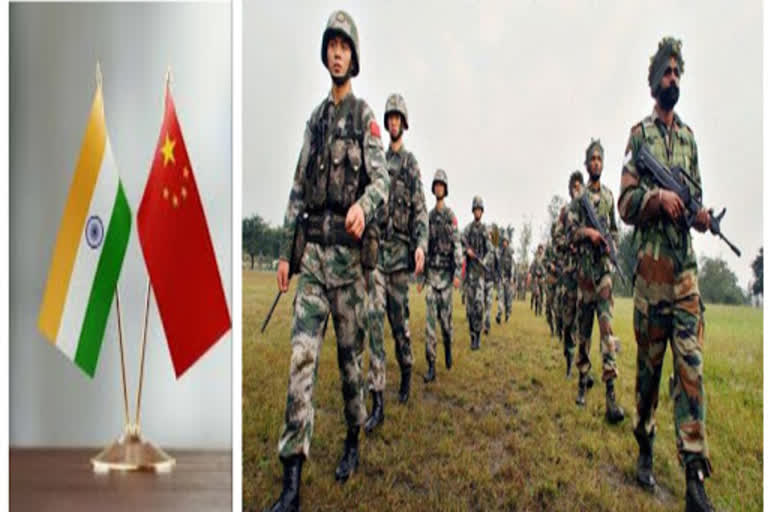New Delhi: As Indian Army and Chinese People's Liberation Army (PLA) engage in a battle of nerves in the high Himalayas in eastern Ladakh region, dark clouds loom large over the future of India-China trade relations as the Modi government is taking several steps to reduce the nation’s heavy dependence on cheap Chinese imports that flood Indian market. However, experts point out that it will take years of planning and policy changes before India could decouple from China economically.
If one looks at India’s bilateral trade with China then the trade balance is heavily skewed in China’s favour. In the financial year 2018-19, India’s bilateral trade with mainland China (excluding Hong Kong) was $87 billion.
While India imported goods and services worth $70.3 billion from China in that year, its exports to the country stood at just $16.75 billion. It left a massive trade deficit of $53.55 billion. It means of the total bilateral trade, India’s exports to China accounted for less than one-fourth of the bilateral trade whereas imports from China accounted for more than three-fourth of the total bilateral trade.
Read:| 'It will take 8-10 years to stop reliance on China for Active Pharmaceutical Ingredients'
China (excluding Hong Kong) was India's largest trading partner from 2013-14 to 2017-18, before the US surpassed it in 2018-19.
“Decoupling is not easy. This kind of dependency or interdependency with China has not been built overnight both in terms of imports and exports,” said Rama Subramaniam Gandhi, former deputy governor of the Reserve Bank of India.
“We have sizable exports to China and very sizable imports from China, so how one is going to disturb it overnight,” R Gandhi asked.
Even before the violent face-off between Indian Army and Chinese PLA in the Galwan Valley in Ladakh in June this year, Prime Minister Narendra Modi’s government had initiated several policy responses to reduce the nation’s dependence on cheap Chinese imports in critical sectors under its self-reliant India mission (Atma Nirbhar Bharat Abhiyan) which was launched in May this year.
These measures were primarily triggered in response to the supply chain disruptions following the outbreak of the COVID-19 virus in Wuhan region of China. The trade relations between the countries further deteriorated following a violent face-off in the Galwan valley in Ladakh in June this year in which 20 Indian soldiers were killed.
The need to reduce the dependency on China assumed a sense of urgency following the border clash in June as the military confrontation with the country shows no sign of abating even after five months.
Read:| Govt seeks product-wise details from industry to curb cheap, low quality imports from China: Sources
If one looks deeper into India-China trade data, China accounts for 45 per cent of India’s total electronics imports, one-third of machinery imports and almost 40 per cent of organic chemicals that India imports, actually comes from China.
Similarly, according to the study done by the industry body CII, China supplies more than 25 per cent of India’s automotive parts and fertilisers and it alone supplies 70 per cent of India’s requirement of active pharmaceutical ingredients (APIs) that are used in the manufacturing of medicines.
Former RBI Deputy Governor told ETV Bharat that there has to be a clear long-term plan to reduce dependency on China and it will take several years of policy intervention to affect.
“It will require certain changes in the policy, encouragement and discouragement, policy incentives, several methods will have to be used to achieve that,” the former RBI official explained.
“We can't do it immediately,” R Gandhi noted.
Trade imbalance shows sign of correction
Due to several reasons, the total trade between India and China (excluding Hong Kong), declined in the financial year 2019-20. The change was also driven by the adverse impact of COVID-19 global pandemic that disrupted the supply chains and hit global trade and commerce.
India-China bilateral trade declined from $87.05 (FY 2018-19) to $81.86 billion (FY 2019-20), a decline of $5.19 billion.
It also brought down the trade deficit from $53.55 billion in the financial year 2018-19 to $48.66 billion in 2019-20.
(Article by Krishnanand Tripathi)
Read:| China sends warning to India amid border clash fallout



